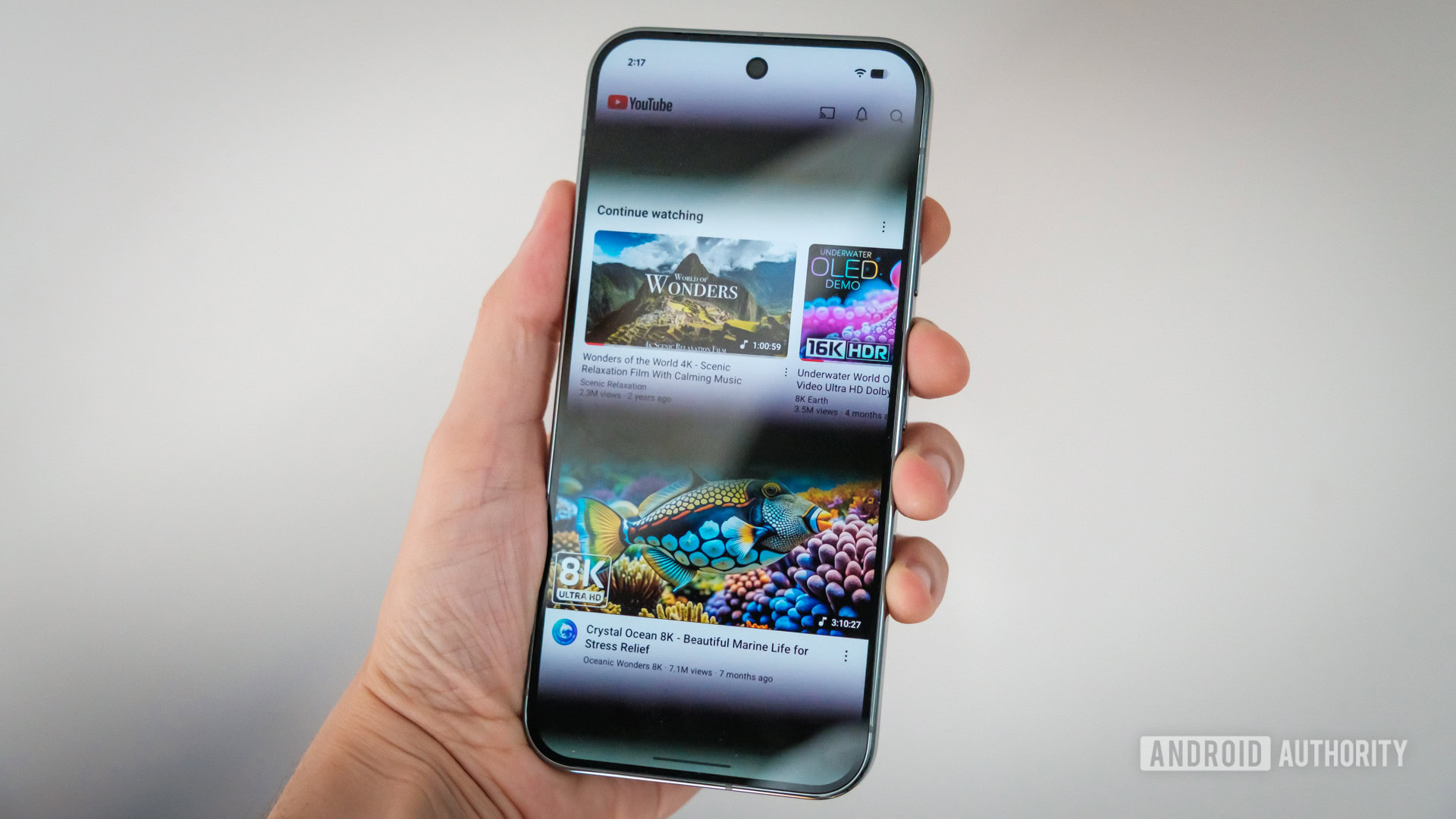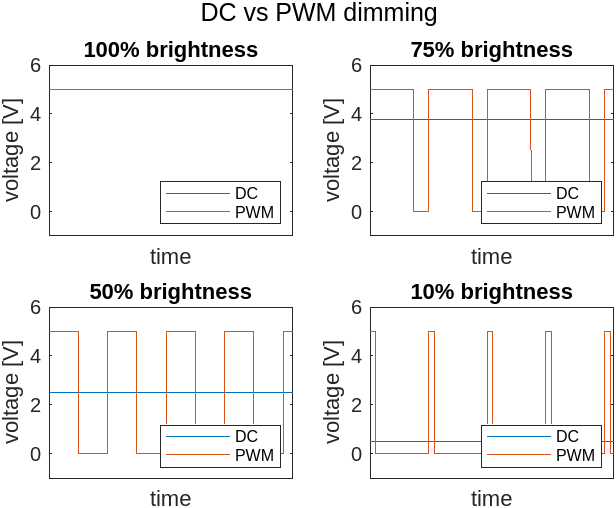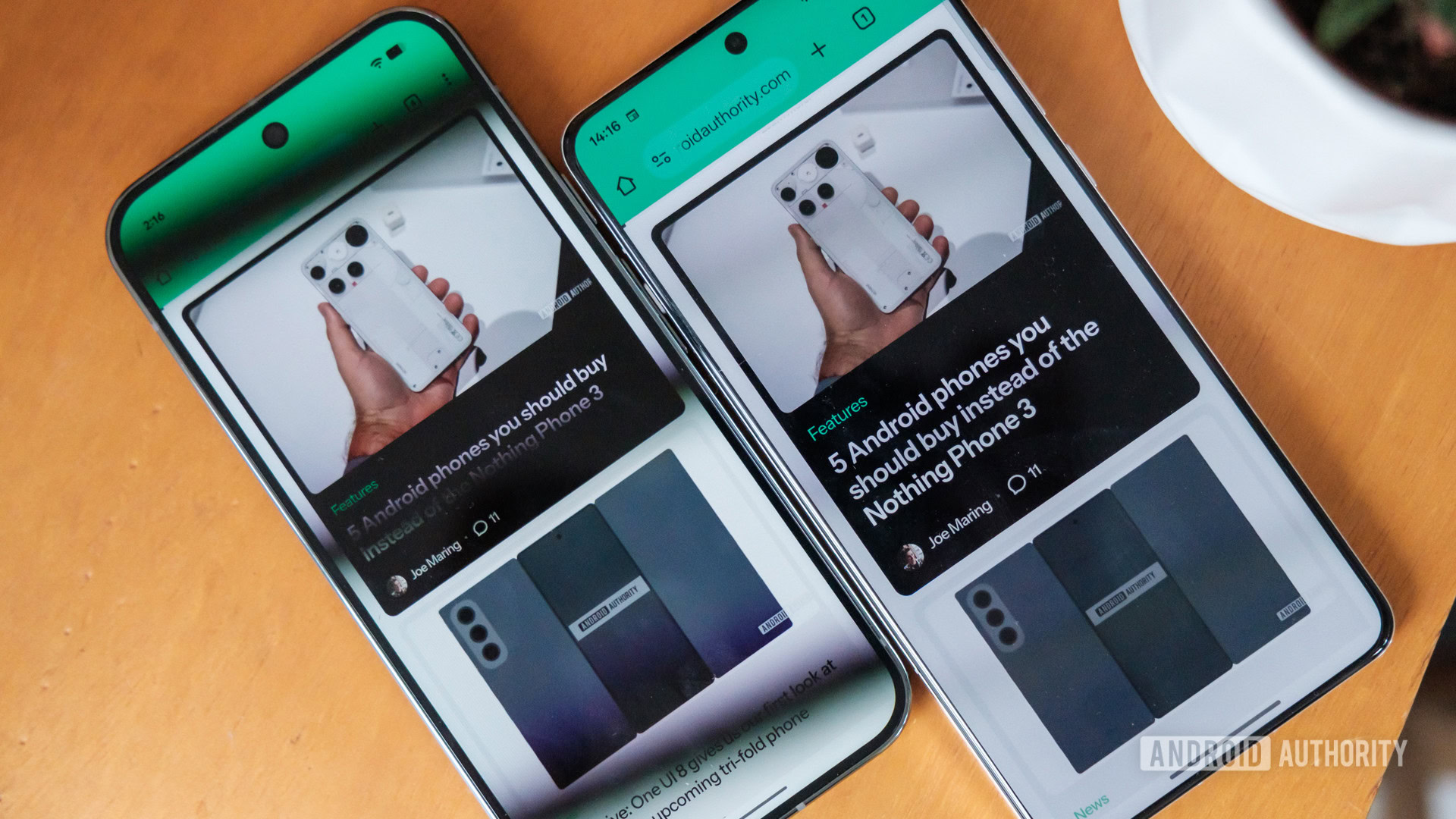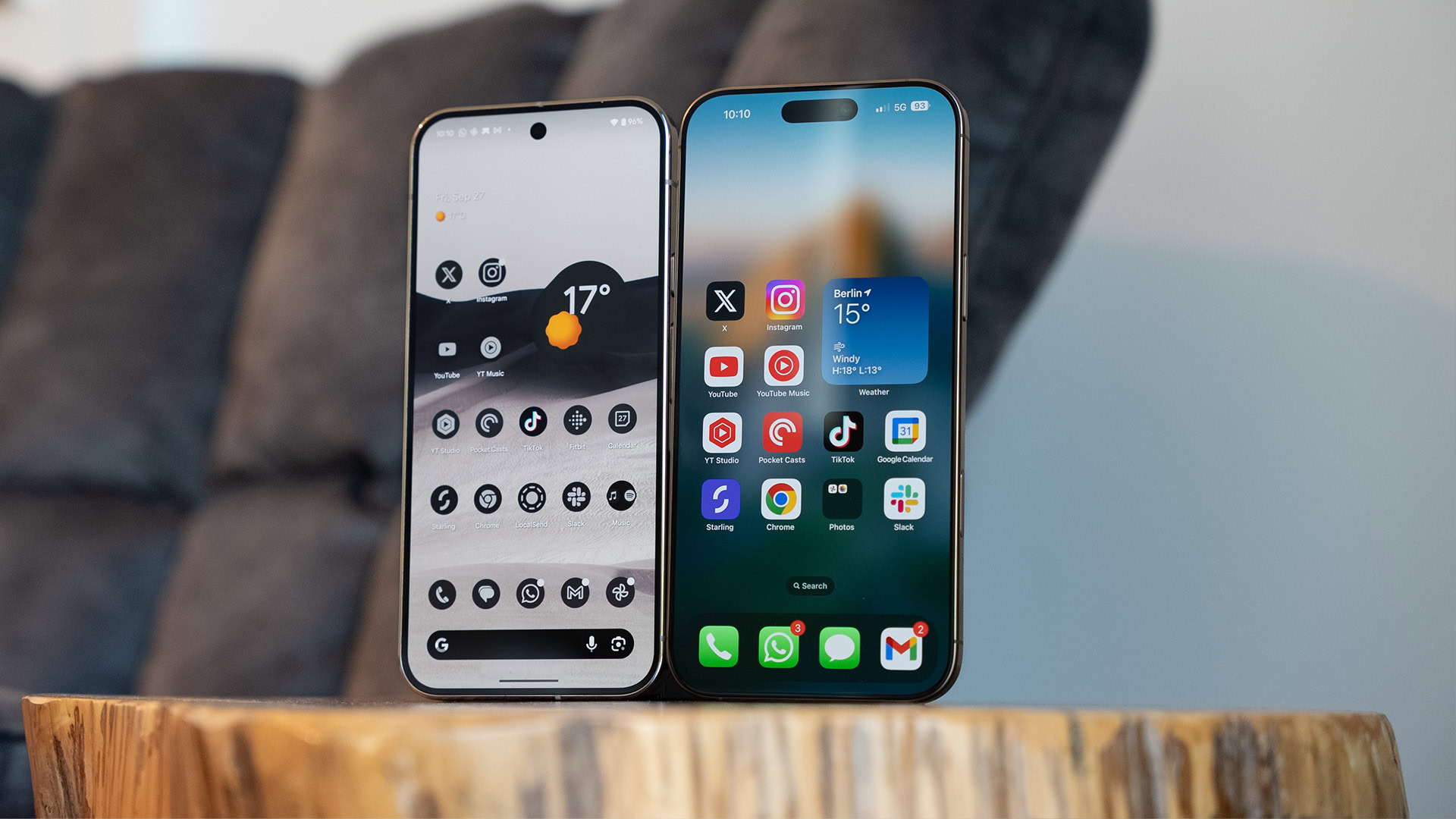Pixel 10 Pro’s new display tackles eye strain, but it’s not the leap I wanted

Robert Triggs / Android Authority
Google Pixel 10 rumors are coming thick and fast these days as we close in on the launch date in just a few months. Last week, we learned the upcoming phone’s Pro models will likely ship with a 480Hz PWM display — a first for the Pixel series.
High PWM (Pulse-Width Modulation) rates aren’t new to smartphone displays; we’ve already seen phones boasting thousands of Hz. The Xiaomi 15 Ultra offers a 1,920Hz PWM rate, the OnePlus 13 clocks in at 2,160Hz, and the HONOR Magic 7 Pro tops out at a whopping 4,320Hz PWM. Even the budget-friendly Nothing Phone 3a manages 2,160Hz PWM.
Is high display PWM important when buying a phone?
222 votes
The Pixel 10 Pro and Pro XL won’t match these heavyweights, but a bump to 480Hz will at least put them on par with the brand’s closest rivals in the US, Apple and Samsung. In that sense, it’s a significant move — but what does all this PWM stuff even mean, and should you actually care?
What does PWM have to do with displays?

C. Scott Brown / Android Authority
If you know a bit about displays, you’ve likely come across Hz and refresh rate, which measures how many times per second (in Hz) the screen updates. 120Hz looks smoother than 60Hz, for example. PWM is also measured in Hz, but it’s unrelated to how quickly your content refreshes. Instead, the PWM rate controls the brightness of the thousands of individual LEDs lighting up your fancy OLED display.
Going back to some basic electronics: applying 0 V turns an LED off, while applying the maximum allowed voltage makes it shine at full brightness. There are two ways to achieve a brightness that isn’t zero or full. The most intuitive is to scale the voltage somewhere between off and max.
However, this isn’t always practical for mobile displays, due to the LEDs’ temperamental on-threshold voltage, the wasted power from maintaining an intermediate DC level, and the complexity of managing precise voltages across millions of sub-pixels. This isn’t a problem for older LCD-type displays, where direct current dimming can easily control the entire backlight in one go.

Kamila Wojciechowska / Android Authority
Instead, displays control LED brightness using rapid on–off pulses. Each LED toggles hundreds or thousands of times per second, so quickly that your eye perceives a steady brightness rather than flicker. This is achieved efficiently with a clock driver embedded in the display controller, and it’s far more power-friendly since little energy is wasted — crucial for mobile devices. The end result is equivalent from a brightness perspective, as the average output of these on–off pulses matches what a constant dimmed level would produce.
If you’re curious, recording slow-motion video on your phone camera can often reveal PWM flicker, appearing as rolling bands across the screen.
That said, several phones now use a hybrid approach to dimming. For example, the Samsung Galaxy S24 FE and Xiaomi 14T Pro offer “DC dimming” at high brightness levels well above the on-threshold, then switch back to PWM at lower brightness settings. Here, DC dimming really means dropping the drive current in one shot rather than true per-pixel scaling.
Display PWM rates tell you how fast the OLED lights flicker on and off.
OK, so now this begs the question: why do different smartphones have different PWM rates? Well, each display panel comes paired with its own driver IC. Higher‑end panels often include driver chips capable of much higher PWM frequencies right out of the factory, but even high-end panels don’t always race to the biggest possible numbers.
Even with the same display driver chip, manufacturers can tweak their PWM clock settings in firmware to hit specific targets — trading off PWM rate against overall power draw (including switching losses vs peak brightness), regulator overhead, BOM cost, and sometimes the precision of contrast and gamma control. Very high PWM frequencies, for example, can reduce the number of available brightness steps, slightly affecting smooth gradients and tonal transitions. These trade-offs are balanced differently depending on each brand’s priorities for battery life, display quality, and eye comfort.
Why do PWM refresh rates matter?

Robert Triggs / Android Authority
Here’s the catch: what if your eyes or brain can actually detect that flicker from a low PWM rate?
Well, this is very much a real issue, often called PWM sensitivity. It affects everyone differently — some people not at all, others might eventually feel eye fatigue, and the unlucky can end up with migraines or nausea.
If you’re susceptible, PWM sensitivity is most often noticed when viewing a device in a dark environment at low display brightness. That’s because at lower brightness levels, PWM dimming runs at a low duty cycle: the LEDs spend most of their time turned off, only pulsing on for brief moments to emit just enough light. Combined with a dimly lit room, these short bursts might not register as visible flicker, but the nerves in your eyes — and ultimately your brain — can still pick up on them.
PWM flicker can cause eye fatigue, headaches, and even nausea in some people.
There’s no exact science on the ideal PWM frequency, partly because there are so many variables when it comes to individual sensitivity, environment, and how any modulation is implemented. For many people, 480Hz doesn’t cause any noticeable issues, and phones have been getting away with 240Hz without triggering a wave of returns. However, a growing body of research suggests that these comparatively low values can still trigger unwanted physiological responses in a sizable portion of the population.
As such, opting for a 1,000Hz or 2,000Hz display generally pushes you further away from potential harm, and these phones are obviously the better choice for anyone who has experienced fatigue or worse from their devices. But do sufferers continue to benefit from ever-higher values like 4,000Hz? That’s less certain, as there’s bound to be a law of diminishing returns. Even so, bigger numbers are generally “safer” from an eye health perspective, and there are no real downsides from the standpoint of display quality.
PWM speed is important, but it’s not the only thing to considder.
As with most things, there are additional nuances at play. PWM display waveforms don’t have to be sharp on–off pulses; advanced driver ICs can shape the modulation to ease eye strain. Gradual ramping up and down (like a sawtooth or triangle wave) is an effective alternative that aims to reduce PWM’s adverse effects without simply cranking up the frequency.
Likewise, most smartphones use multi-phase PWM, ensuring the entire display isn’t off at the same time to help average out the luminance your eyes detect. Then there are the aforementioned DC-dimming firmware tricks that let brands advertise “flicker-free” or “low-flicker” modes for enhanced eye comfort, even though they still rely on PWM at low brightness.
Of course, the best solution is probably to have a bit of everything. Just keep in mind it’s not always a clear-cut case of bigger numbers being better — though it certainly doesn’t hurt to have a higher PWM display in your next phone. Whether the Pixel 10 Pro’s new display does enough here is still very much up for debate.
Pixel takes yet another half measure

Paul Jones / Android Authority
PWM rate certainly isn’t the be-all and end-all of what makes a great display, but for some consumers, it’s a hugely important buying factor. While eye-fatigue features are staple technologies across the industry, some major manufacturers still fall short when it comes to tackling the specific discomfort caused by low-frequency PWM at dim brightness levels.
Historically, Google’s Pixel series has made no meaningful strides to address these concerns. Thankfully, the Pixel 10 Pro and Pro XL look set to offer a slight reprieve with their jump to 480Hz — a welcome improvement that finally starts to close the gap. Still, it’s hard to ignore that this advance only brings Google in line with what’s already become a baseline elsewhere, and remains far from the highest standards now possible.
The Pixel 10’s 480Hz upgrade would be welcome, but is still behind the curve.
Perhaps more frustrating is that this upgraded display is expected to be exclusive to the Pro-tier models, meaning anyone eyeing the standard Pixel 10 — or a future Pixel 10a — will be left waiting yet again. For many, this won’t be a dealbreaker. But for those sensitive to display flicker or simply hoping to minimize long-term eye strain, Google’s cautious step forward may feel like too little, too late.
In the end, it’s a positive move, but one that highlights how much more could still be done. Here’s hoping it won’t take another generation or two before these improvements become standard across the entire Pixel lineup.
Source link






